
Machine Learning vs. Deep Learning: What’s the Difference and Why It Matters for Your Business
Artificial intelligence (AI) is no longer a futuristic fantasy. It’s a present-day reality impacting virtually every industry, from healthcare to finance to manufacturing. As an entrepreneur or business manager, understanding the different facets of AI is crucial for making informed decisions about implementing these technologies within your organization. Among the key concepts, machine learning (ML) and deep learning (DL) often cause confusion. While related, they are distinct approaches with different capabilities and applications. This article demystifies the difference between machine learning and deep learning, explaining why this understanding is essential for effectively leveraging AI solutions for your business.
Machine Learning: Teaching Computers to Learn from Data
At its core, machine learning is a branch of AI that focuses on enabling computers to learn from data without being explicitly programmed. Instead of writing specific instructions for every scenario, machine learning algorithms are designed to identify patterns, make predictions, and improve their accuracy over time as they are exposed to more data.
Think of it like teaching a child. You might show them numerous pictures of cats and dogs and tell them which is which. Eventually, the child learns to distinguish between them on their own, based on the patterns they’ve observed. Machine learning operates similarly.
Key characteristics of machine learning include:
- Feature Engineering: This is a crucial step in traditional machine learning. It involves manually selecting and engineering the relevant features (or characteristics) from the data that the algorithm will use to learn. For example, if you’re building a machine learning model to predict customer churn, you might choose features like purchase history, website activity, and customer service interactions.
- Algorithm Selection: Many different machine learning algorithms exist, each suited to different types of problems. Some common algorithms include:
- Linear Regression: Used for predicting continuous values, like sales figures.
- Logistic Regression: Used for predicting categorical values, like whether a customer will click on an ad.
- Decision Trees: Used for classification and regression, creating a tree-like structure to make decisions based on data.
- Support Vector Machines (SVMs): Used for classification and regression, particularly effective in high-dimensional spaces.
- Naive Bayes: Used for classification, based on applying Bayes’ theorem with strong (naive) independence assumptions between the features.
- Supervised Learning: In supervised learning, the algorithm is trained on labeled data, meaning the data is already tagged with the correct answer. For example, you might train a model to classify emails as spam or not spam using a dataset of emails labeled as either spam or not spam.
- Unsupervised Learning: In unsupervised learning, the algorithm is trained on unlabeled data. The algorithm must discover patterns and relationships in the data on its own. Examples include clustering (grouping similar data points) and dimensionality reduction (reducing the number of variables in a dataset).
- Less Computationally Intensive: Compared to deep learning, machine learning algorithms typically require less computational power to train and run.
Deep Learning: Mimicking the Human Brain
Deep learning is a subfield of machine learning that utilizes artificial neural networks with multiple layers (hence the term “deep”) to analyze data. These neural networks are inspired by the structure and function of the human brain, allowing them to learn complex patterns and relationships from vast amounts of data.
Imagine the child learning to distinguish between cats and dogs again. Deep learning is like providing that child with an incredibly detailed and complex representation of the visual world, enabling them to learn even the most subtle differences between breeds and poses.
Key characteristics of deep learning include:
- Artificial Neural Networks: Deep learning models are based on artificial neural networks, which are interconnected layers of nodes (neurons) that process information. Each layer transforms the input data in a way that allows the network to learn more complex features.
- Automatic Feature Extraction: Unlike traditional machine learning, deep learning algorithms can automatically extract relevant features from raw data. This eliminates the need for manual feature engineering, saving significant time and effort. For example, in image recognition, a deep learning model can learn to identify edges, shapes, and textures directly from the pixels of an image.
- Large Datasets Required: Deep learning models typically require massive amounts of data to train effectively. The more data, the better the model can learn complex patterns and avoid overfitting (memorizing the training data instead of generalizing to new data).
- Computationally Intensive: Training deep learning models can be very computationally intensive, often requiring specialized hardware like GPUs (Graphics Processing Units).
- Examples of Deep Learning Architectures:
- Convolutional Neural Networks (CNNs): Used for image and video processing, excel at recognizing patterns in spatial data.
- Recurrent Neural Networks (RNNs): Used for sequential data, like text and time series, can remember past information to predict future outcomes.
- Generative Adversarial Networks (GANs): Used for generating new data, like images and text, can create realistic and novel outputs.
- Transformers: Used for natural language processing (NLP), have revolutionized the field with their ability to handle long-range dependencies in text.
The Key Differences Summarized:
| Feature | Machine Learning | Deep Learning |
|---|---|---|
| Feature Engineering | Manual feature selection and engineering required | Automatic feature extraction |
| Data Requirements | Smaller datasets can be sufficient | Requires large amounts of data for optimal performance |
| Computational Power | Less computationally intensive | More computationally intensive, often needs GPUs |
| Algorithm Complexity | Simpler algorithms | More complex neural network architectures |
| Problem Complexity | Suitable for simpler problems | Suitable for complex problems with intricate patterns |
Why This Matters for Your Business:
Understanding the difference between machine learning and deep learning is crucial for several reasons:
- Choosing the Right Technology: You can select the appropriate AI solution for your specific business needs. If you have a relatively simple problem and limited data, traditional machine learning might be sufficient. If you’re tackling a complex problem with abundant data, deep learning might be a better choice.
- Budgeting and Resource Allocation: Deep learning projects require significant investment in computational resources and expertise. Knowing this upfront helps you plan your budget and allocate resources accordingly.
- Realistic Expectations: Understanding the capabilities and limitations of each approach allows you to set realistic expectations for AI implementation. You won’t expect a simple machine learning model to solve a complex problem that requires deep learning.
- Competitive Advantage: By understanding the nuances of machine learning and deep learning, you can identify opportunities to leverage AI to gain a competitive advantage in your industry.
Real-World Examples:
- Machine Learning:
- Fraud Detection: Identifying fraudulent transactions by analyzing purchase history and other data.
- Spam Filtering: Classifying emails as spam or not spam.
- Customer Segmentation: Grouping customers based on their characteristics and behavior.
- Deep Learning:
- Image Recognition: Identifying objects and faces in images.
- Natural Language Processing (NLP): Understanding and generating human language, powering chatbots and virtual assistants.
- Autonomous Driving: Enabling self-driving cars to perceive their environment and navigate safely.
Ultimately, the choice between machine learning and deep learning depends on the specific problem you’re trying to solve, the amount of data you have available, and the computational resources you can afford. By understanding the differences between these two approaches, you can make informed decisions about implementing AI solutions that will drive meaningful results for your business.
Ready to further expand your AI knowledge and master the industry lingo? Get your copy of “The AI Business Dictionary: 200 Must-Know Words, Phrases, and Definitions” and become fluent in the language of artificial intelligence. Visit https://shop.mymobilelyfe.com/product/the-ai-business-dictionary-200-must-know-words-phrases-and-definitions/ to equip yourself with the essential vocabulary for success in the age of AI.





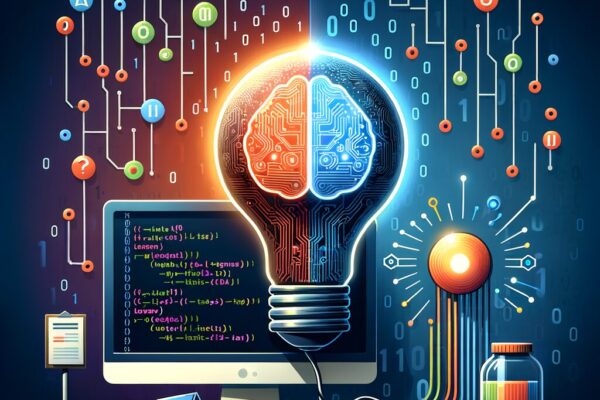


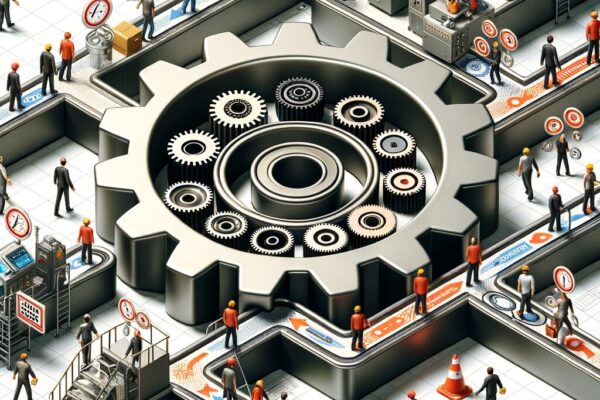
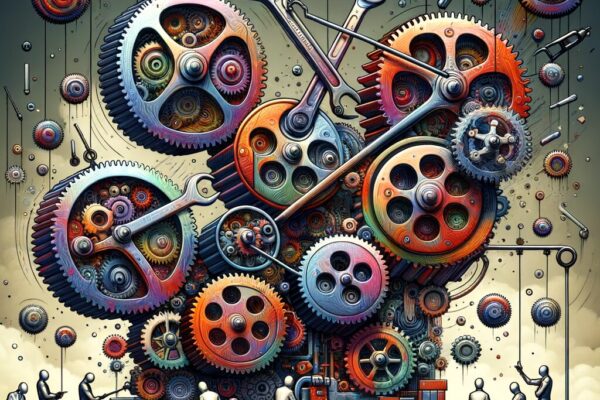
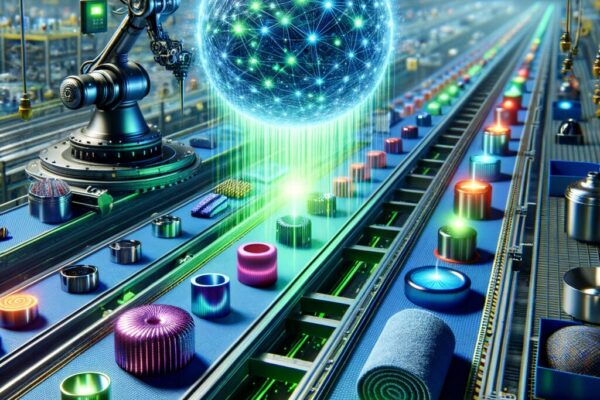






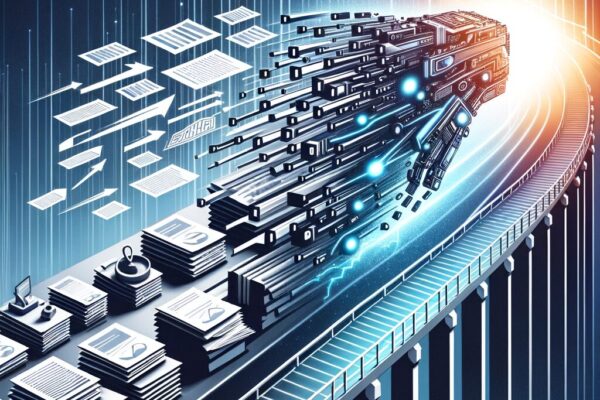







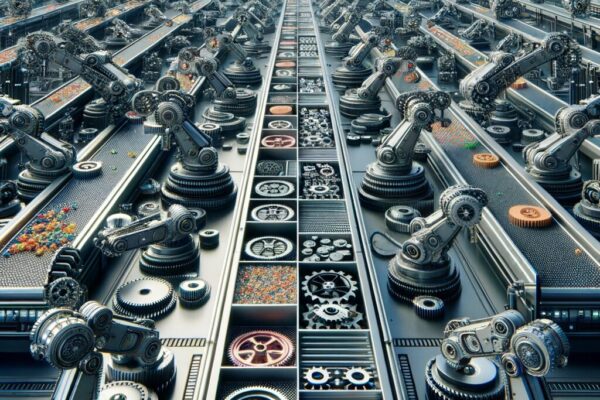



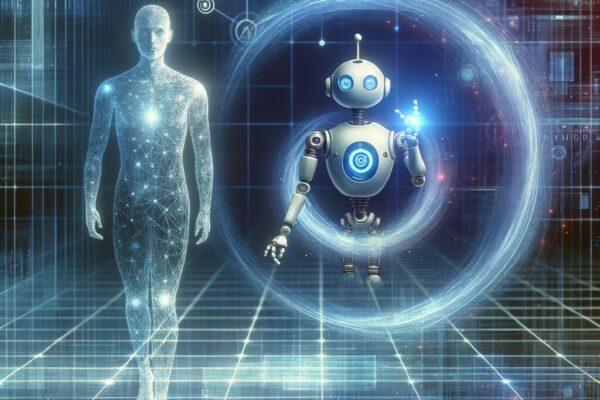


















































































































































Recent Comments